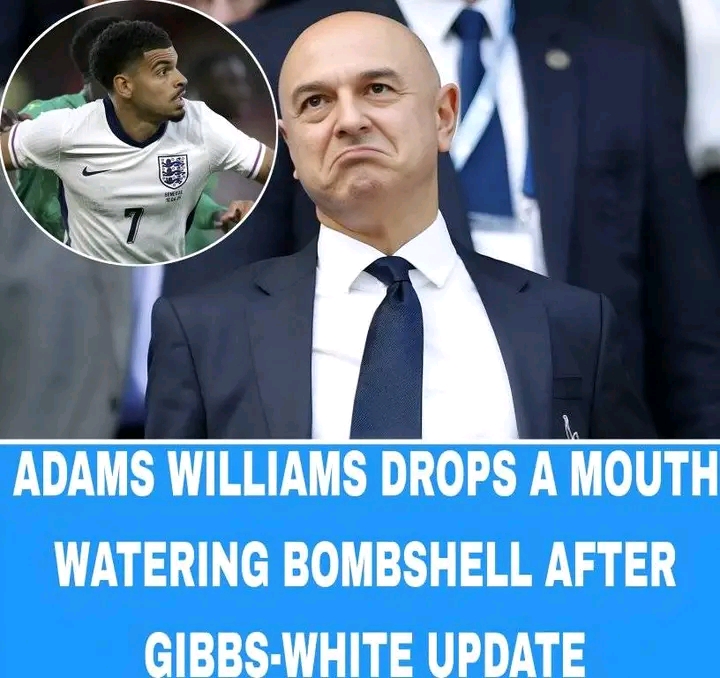Tottenham Hotspur’s summer transfer window has taken many by surprise, with the club making aggressive moves in the market—despite earlier warnings of a tight financial situation. While some fans and analysts assumed that Spurs would need to sell before they could buy, the opposite appears to be happening, sparking speculation about fresh investment behind the scenes.
The signing of Mohammed Kudus from West Ham for £55 million turned heads, not just for the fee involved, but for the fact that it came before any significant outgoings. And now, with the club triggering Morgan Gibbs-White’s £60 million release clause, questions are mounting: where is the money coming from?
Finance expert Adam Williams believes he has the answer—and it doesn’t involve ENIC injecting new equity into the club.
According to Williams, Tottenham may simply be dipping into existing financial reserves. He points to an unused £55 million overdraft and nearly £80 million in cash reserves held by the club at the end of the last financial year as the most likely sources of funding. These tools, he argues, allow Spurs to operate boldly in the transfer market without new capital from ownership.
“We’re seeing significant investment at Tottenham Hotspur, yes,” Williams told TBR Football, “but I personally don’t see it as anything wildly out of the ordinary.”
He noted that the club’s willingness to pay £60 million for Gibbs-White suggests a total summer spend approaching £170 million. If Spurs manage to sign Yoane Wissa as well, that figure could edge closer to £200 million. However, Williams expects outgoing transfers and reduced wages to balance the books.
Last season, Tottenham’s player transfer amortisation stood at £136 million—fifth-highest in the Premier League. That number is expected to rise past £150 million for 2024–25, and potentially as high as £185 million depending on the final spending tally.
One factor working in Spurs’ favor is their Champions League qualification. Even without progressing beyond the league phase, the club stands to earn a minimum of £75 million, according to Williams. With a deeper run, that number could swell to over £110 million.
“Yes, there are bonus payments and wages to factor in, but the net gain is still substantial,” Williams added.
In short, Tottenham’s transfer splurge might be more about smart financial structuring than new investment. Many of their purchases are reportedly being paid for in instalments, which helps spread the cost across multiple seasons. However, this also keeps Tottenham’s transfer debt high—it was the second-largest in the league last year at £337 million.
While Spurs’ cash reserves may have dipped slightly, the £80 million reported last year was the second-highest in the league. And with the club expecting to generate £650 million in revenue by the 2025–26 season, they may not need a major cash injection to continue competing at the top level.
Interestingly, that £55 million overdraft alone could nearly cover the entire cost of activating Gibbs-White’s release clause. Tottenham clearly have financial levers they can pull, even if the optics suggest they’re overspending.
That said, whispers of external funding persist. Journalist Ben Jacobs recently hinted that a long-anticipated naming rights deal for the Tottenham Hotspur Stadium could finally be close to completion.
Tottenham insider Paul O’Keefe has gone further, suggesting that a “large sponsorship deal” might soon be announced. He also mentioned a potential shakeup at the top, possibly involving new investors or a minority takeover.
For now, though, Spurs seem to be moving forward under their own financial steam—an overdraft here, a cash reserve there, and all signs pointing to a summer of heavy investment that’s fully within their means.
Whatever the source, the message is clear: Tottenham Hotspur are not playing small anymore.


